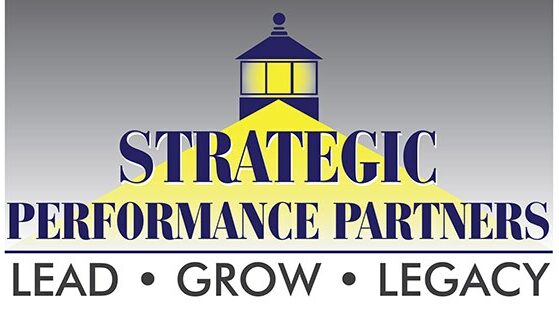The biggest challenge for most business development leaders is how to find more great clients. I had a conversation with one of my better clients and she shared that it seems like something has changed on the business development front. Her team is struggling to get enough meetings to fill their schedule the way they used to.
Did I have any ideas that might help her team get more meetings at the senior level?
I’ll share with you what I shared with her. Many things have changed over the past several years. We need to change how we sell if we hope to continue growing our sales and profits. All businesses need new great clients. Here are the questions I asked her, with an explanation of why it matters.
How do your team members segment their client development activities? We are entering an age where your message has to break through the noise. Your best clients may see and hear hundreds, if not thousands, of messages on a daily basis. So how do you stand out from the crowd? In a future blog we will talk about creating more powerful messages for your best clients.
Do your team members break their potential clients down by size of company or geography? I’ve seen over the years many sales professionals waste their time travelling between clients on opposite sides of town. They can only get so many client visits in with this haphazard targeting method. Successful sales professionals learn how to leverage where they are.
For me, most of my clients are somewhere else. This means I had to become better at calling into areas where I’m going to be and set up several meetings that are closer together. It also means I might need to find additional clients in a specific area. When I call in to these clients I mention I will be in their area on a specific day and what love to talk with them while I’m there. I start with my most prestigious clients first so I can put some peer pressure on others to meet me while I’m there. They almost always meet with me.
How many employees or how much revenue does a potential client generate? For this client, I knew their prospects had to be at least 10 million dollars in annual revenue. Less than that and my client was too expensive for most of these organizations. When we looked closely, we discovered that many of her younger sales people were calling on organizations that were too small.
To whom do you sell your services? Are there specific kinds of organizations that buy their services on a regular basis? We discovered that mid-size manufacturing companies were a good fit for their consulting services. Their best potential clients’ annual sales were between $10- 500 million with a higher concentration at the higher end of this range.
The problem is many of these companies are not yet on social media in any numbers, or if they are, they have a limited presence. We also discovered that her team did not belong to many professional associations. We had to find out where the people she wanted were going to meetings.
Since she had a younger team, they had never gotten together to discuss what groups on LinkedIn or associations they should go to in person. I also suggested trade shows in targeted markets to help them get a better handle on what’s happing in their market.
What’s the Fred Factor was for leaders in your markets? In my case, Fred is an executive who is super smart in what they do. However, they are so busy doing their jobs they don’t have time to keep up with larger trends in their markets. The Fred Factor comes from several client executives I had who were named Fred in the course of two years.
I started to get together with them for a regular meeting once a month to talk about the bigger trends impacting their industries and roles. I also began attending their association meetings locally. I would then get to know many of the people and ideas Fred wanted to know more about. I found many more Freds among my potential clients. Not always named Fred.
Many times, I would take the Freds to lunch just to help them get to know each other better. Both Freds learned that I had their best interests at heart when I asked them tough questions. These questions would lead to business over a reasonable amount of time. Lunch is just enough time not to run out of friendly discussion, but leave both parties ready to talk further.
In my case, the Freds introduced me to everyone on their leadership teams, including their CEOs. I got several great projects from both Freds and their fellow team members.
Now that I’ve shared some of what I told her, Tuesday next week I’ll share with you how to use technology and networking to help you increase your market penetration and sales. It’s a lot easier than you might think.
See you next week.

